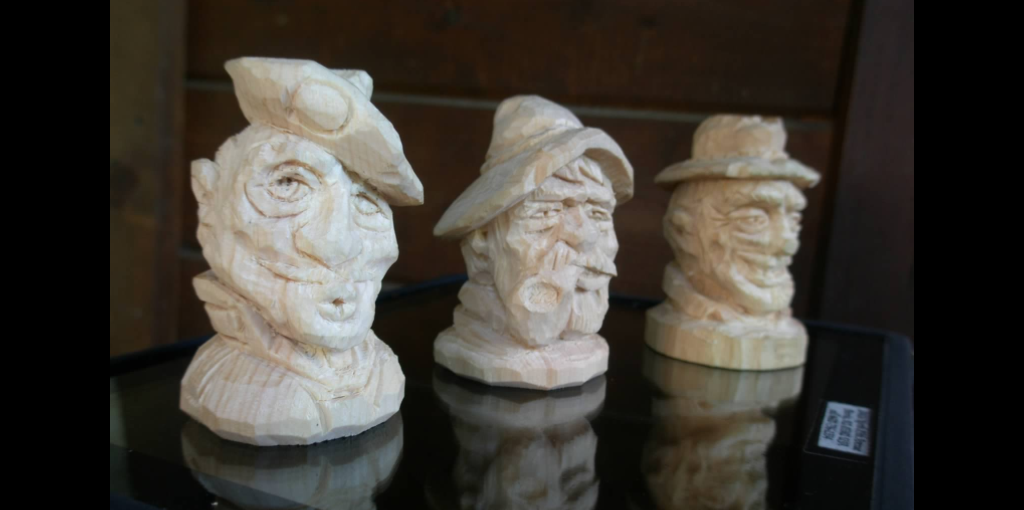In Europe, the most common woods for carving are Linden or Lime, but they are essentially the same wood, depending on which country you buy it in. The carving properties are similar to Basswood, but both Lime and Linden can be burnished to a satin finish without adding a varnish. Plum, Olive, Canary, Bubinga, Iroko, and Butternut are woods that many carvers don’t explore because of their perceived difficulty in carving. Every wood has its own properties and characteristics, and it is important to learn what makes them a good choice of wood for you to carve. The many wood choices available today give you the opportunity to rejoice in the beauty of the wood and be a part of your finished carving project. To protect the finished carving, you can apply a coat of varnish, wax, Tung oil, polyurethane, shellac, or epoxy resin. All of these clear finishes allow the grain and the beauty of the wood to be seen and enjoyed. Whichever woods you choose, you will find that some carving tools might work better than others. Where chisels and knives work for Basswood, Walnut and Butternut, they might not work for Maple, Ironwood, Iroko or Ebony. Carving discs, grinding burrs, sanders and all kinds of rotary tools can make it much easier for you to complete your carving project.
Most woodcarvers I know have settled on their choice of wood and are happy with their choices, but sometimes it’s fun to just explore other options.


I have found carving with Butternut to be a wonderful experience!! While you do need to be careful because of the grain the outcome is well worth it!! I have used Danish Oil to finish my carvings in Butternut and it comes out fabulous!!!